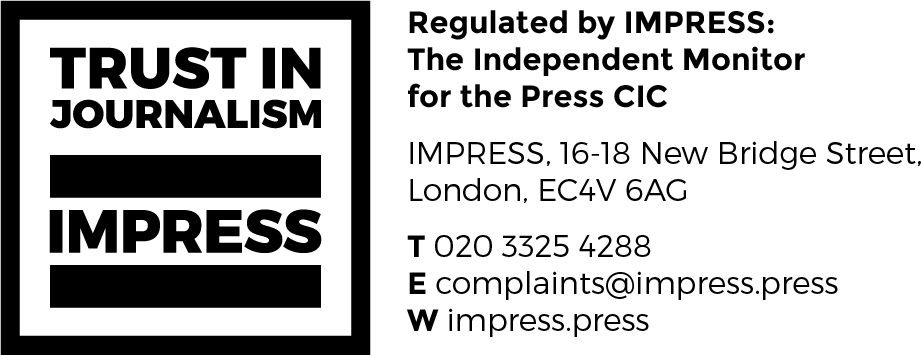Strains on supply chains

The SEA Index was developed with the Yacht Club de Monaco in 2020.
There is good news and bad news when the market is this buoyant. The good news is that record highs reported in the post-pandemic boom have led to continued growth. The bad news is the industry can’t keep up – supply chains grow ever more strained and material costs keep rising. “There is opportunity in crisis, and in Covid, there was opportunity for the superyacht industry,” Geoff Moore, MD, West Nautical told Superyacht Investor (SYI) at the Monaco Yacht Show (pictured) last month. “Shipyards are busy, charter brokers are busier than ever. People are buying boats and it’s still a seller’s market,” he said. “We thought that it might change, but there just isn’t enough inventory for it to be a buyer’s market.” While this is a positive sign, the downside is that shipyards are full or filling rapidly. With more new build and refit projects than usual competing for their attention, there is a shortage of raw materials and skilled labour to meet demand. Fears of supply chain disruptions have not hindered new build yacht orders, however. Like most shipyards, Sunseeker has a healthy forward order book, totalling around £600m (€689m), equal to two years of its annual turnover. Supply chain issues and lack of workforce are two major obstacles, Andrea Fabretti, CEO, Sunseeker told SYI. “We have many challenges. But we are dealing with them one-by-one, as we did last year and as we did in 2020 with Brexit and Covid,” he said. According to the Superyacht Times’ State of Yachting Report, out of the 604 superyachts in the construction book, 127 are for sale. That is 21% of the total, down from 35% in 2021. Out of those 127,110 are being built on speculation and 17 are offered for sale by their owners. Supply chain strains are also a concern for Bob Denison, CEO, Denison Yachts. In fact, that challenge tops the list of things that keep him awake at night. “Obviously inflation isn’t much fun at the moment either, especially when you look at new construction when yards have a rise and fall clause in the contract,” said Denison. |
The refit market should not take a bigger hit as new builds sector. Whilst it feels all of the same constraints around materials and workforce, a refit, on the whole, demands less than a new build. “Of course, supply is an issue, but I feel that it is manageable,” explains Jean-Marc Bolinger, CEO, MB92. “It is the new build sector that faces a far greater challenge with supply. When you build a new yacht you need 200 windows, and that is not quite the same as replacing 20 in a refit yard. Sadly, with the economy slowing down, there are signs of the supply chain falling back too, albeit with inflation,” he told SYI. That said, MB92 has seen growth in the refit sector. The firm’s plan to build a refit yard in the United Arab Emirates represents, as Bolinger said, “cautious optimism” for the year ahead. “The slowdown of supply chains is affecting us of course. But is it disturbing our core operation? I’m not so sure. It is a challenge for our operation but it doesn’t fundamentally disrupt it,” said Bolinger. That of course could be a tipping scale. But for now, it seems superyachting needs not alter course. |
Subscribe to our free newsletter
For more opinions from Superyacht Investor, subscribe to our email newsletter.


